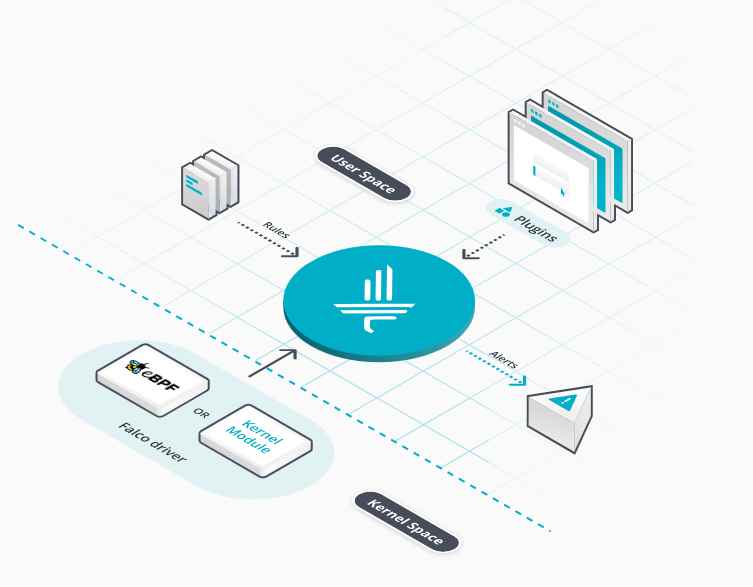With a globally interconnected society, cases of harassment through the internet grow every day, although you have to know how to identify yourself when it comes to a crime or an annoying user and what steps to take in each case
As per investigation by various information security companies, more than half of the population connects to the internet. This is clear from the last report presented in 2018, which states that a total of 4,021 million people worldwide have access to the internet. A panorama that favors that the kilometers are not an impediment for the new society of the information and the communication, but that creates a new scene for old problems, like the harassment.

In fact, according to a study by several information security companies, among the main fears of parents is that their children may be victims of cyberbullying, before they communicate with strangers or share personal information with strangers. Therefore, it is important to know what exactly this phenomenon consists of and what measures can be taken to stop it, an objective pursued by Secure Internet Day, created by the European Union to raise awareness of internet risks.
Cyberharassment, sexual cyberbullying or cyberbullying
Experts of the International Institute of Cyber Security, specialized in information security said that we must distinguish the types of harassment that occur on the Internet: cyberharassment, sexual cyberbullying and cyberbullying. In the first case, we are facing harassment between adults in a strict sense, while for sexual cyberbullying the sexual purpose of the comments must be clear. Finally, the cyberbullying implies that the harassment occurs between minors.
In these three cases, one of the following behaviors must be repeated: the persecution and the search for their closeness, the intention to establish contact, the misuse of personal data and the violation of the freedom and assets of the alleged victim, according to experts in information security. “In general, any behavior or action aimed at restricting the freedom of the taxpayer is enough when the latter is not obliged to support this situation,” says the expert.
The responsibility of social networks
Although there are notable differences between media, social networks and forums, “roughly speaking, responsibility will be defined by three decisive factors: effective knowledge and due diligence of the portal owner, the nature of the activity developed and the capacity of control and moderation on the contents of others », according to this collaborator of an information security company.
However, the concept of “effective content” has been qualified by Justice in the sense that “a Service Provider of the Information Society (anyone who has a website) cannot be a content judge of its own portal ». Therefore, there is a need for comments that violate fundamental rights to be “indisputable, clear and flagrant”. Therefore, most portals such as Twitter, Facebook or YouTube have to be alerted by users about inappropriate content, although they are developing policies against hate messages, racism, xenophobia or extremism.
What the stalker faces
We are facing a criminal offense that can lead to jail. Harassment will be punishable by imprisonment from three months to two years or a fine of six to 24 months. If the person is especially vulnerable because of their age, illness or situation, the prison term of six months to two years will be imposed and the fine will not be applicable in any case. In the event that the harassed and the harasser have joined an affective relationship with or without cohabitation, or when the messages are directed to descendants and ascendants and even to relatives of the ex-spouse, a prison term of one to two years will be imposed or social service from 60 to 120 days.

Precautions for social networks
If you think you may be facing a case of cyberbullying, keep in mind the following guidelines that an information security expert of WebImprints recommends:
- Before reporting, certify the bully’s messages with a time stamp.
- To inform the Cyber Crimes Unit of the Police of the facts.
- Do not erase any text. Save emails, abusive instant messaging chats etc.
- Ignore those messages that seek provocation. Do not answer.
- Save the repetitive ones without leaving a reading trail.
- When fewer personal data have been provided, minors are the chances of harassment.
- Profiles with usernames and ‘sexualized’ avatars are more prone to harassment.
- Do not talk privately with people you do not know and be especially careful with the photos.
- Read the conditions of use and privacy of social networks where you have a profile.
10. Install programs against malware that do not expose you to harassment on all devices.

Working as a cyber security solutions architect, Alisa focuses on application and network security. Before joining us she held a cyber security researcher positions within a variety of cyber security start-ups. She also experience in different industry domains like finance, healthcare and consumer products.











